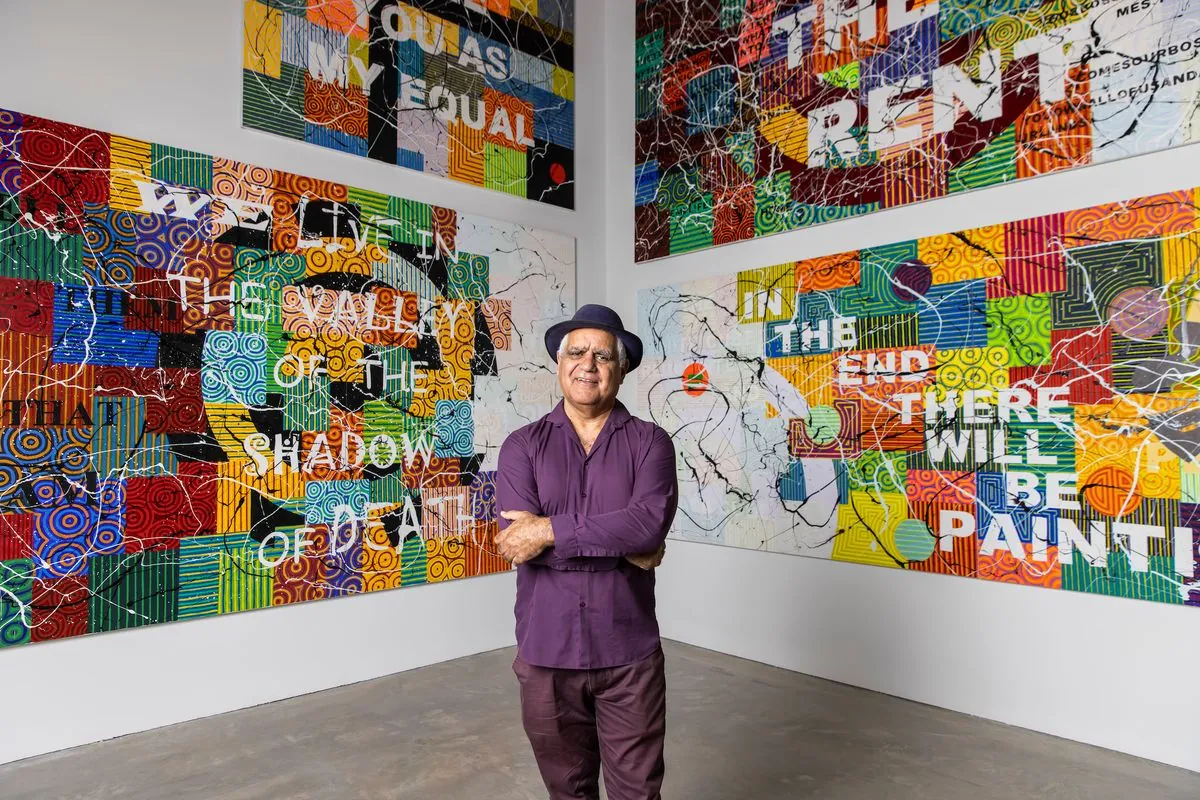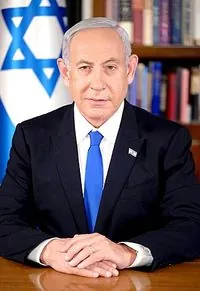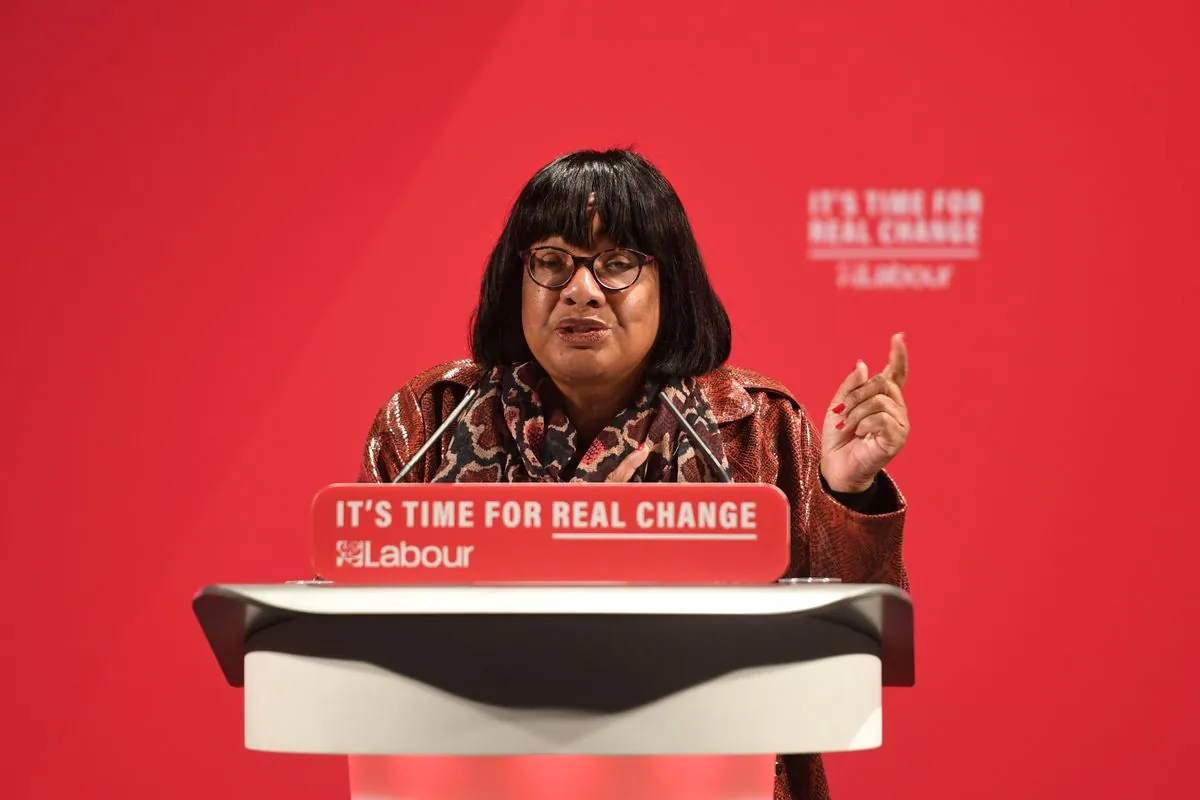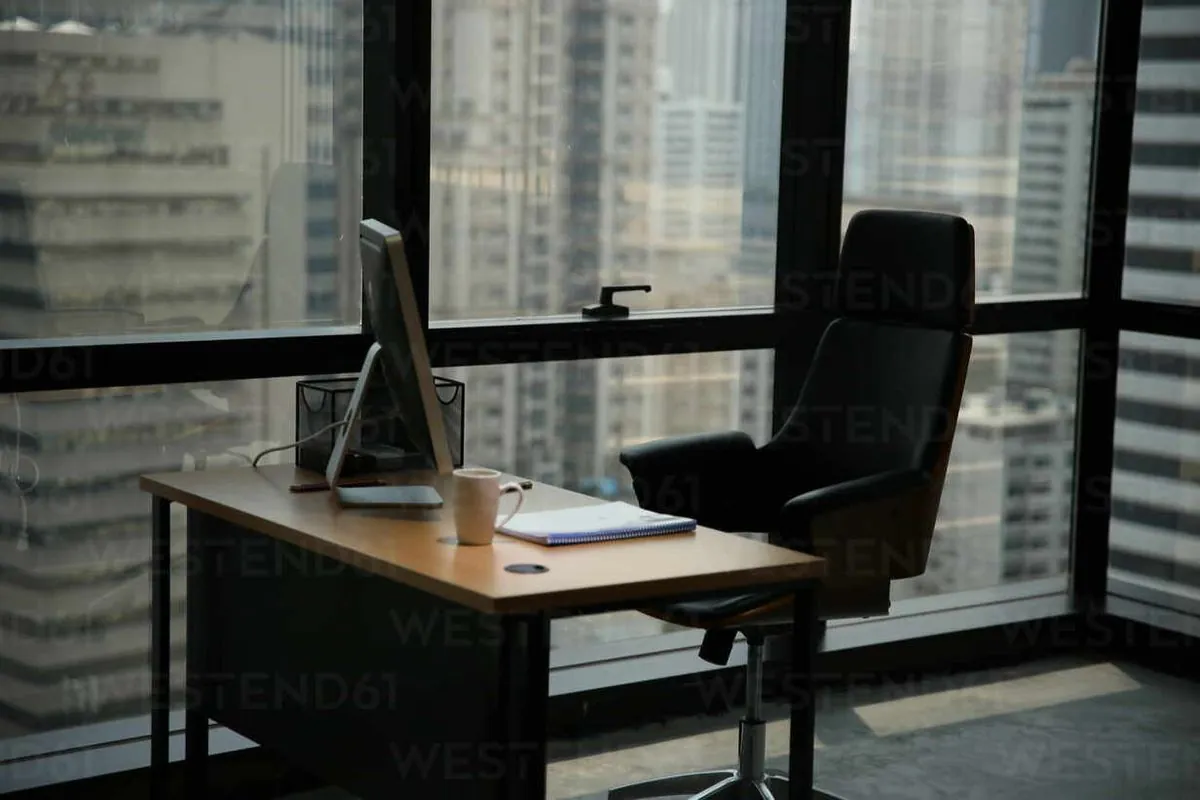Tate Modern Rethinks Indigenous Art Ownership: A Shift Towards Inclusion
Tate Modern's director proposes new approach to indigenous art ownership, emphasizing community belonging. The gallery plans to expand exhibitions while considering long-term loans instead of permanent acquisitions.

Karin Hindsbo, director of Tate Modern, has proposed a significant shift in the gallery's approach to indigenous art ownership. This change reflects a broader effort to enhance inclusion and diversity within one of Britain's most popular cultural institutions.
Tate Modern, renowned as the world's most visited modern and contemporary art museum, is contemplating a move away from the traditional ownership model for indigenous artworks. Hindsbo emphasized that these pieces "belong to their community" and cannot be subject to the same classical ownership structure.
The term "indigenous art" in this context refers to works by native minorities from countries such as Australia, New Zealand, and Canada, rather than British artists. This distinction is crucial in understanding the scope and implications of the proposed changes.
"We need to rethink the whole ownership structure of work by indigenous artists. When you work with indigenous artists, some of the works belong to their community. So you cannot have the same classical ownership structure."
The gallery, which welcomed five million visitors in 2023, is exploring alternative arrangements such as long-term loans and dual contracts with communities. This approach aims to respect the cultural significance of these artworks while still allowing for their display and appreciation by a wider audience.

Tate Modern's current indigenous art collection includes works by artists such as Outi Pieski, a Sami artist from Finland, and Shuvinai Ashoona, a Canada-born Inuit. The gallery plans to expand its exhibitions of indigenous art, with a showcase of Aboriginal Australian artist Emily Kam Kngwarray scheduled for 2025.
Since its opening in 2000, Tate Modern has been at the forefront of discussions about diversity and inclusion in the art world. The gallery, housed in the former Bankside Power Station, has consistently pushed boundaries in its collection and programming. This latest initiative aligns with its history of embracing new perspectives and challenging traditional art historical narratives.
Hindsbo also addressed the issue of environmental protests in galleries, expressing sympathy for the cause but disagreement with actions that potentially damage artworks. She emphasized the unpredictable nature of such actions and their potential for irreparable harm to cultural heritage.
As Tate Modern continues to evolve, it remains committed to its role as a global leader in modern and contemporary art. The gallery's approach to indigenous art ownership represents a significant step in recognizing the complex relationships between art, culture, and community in the 21st century.


































